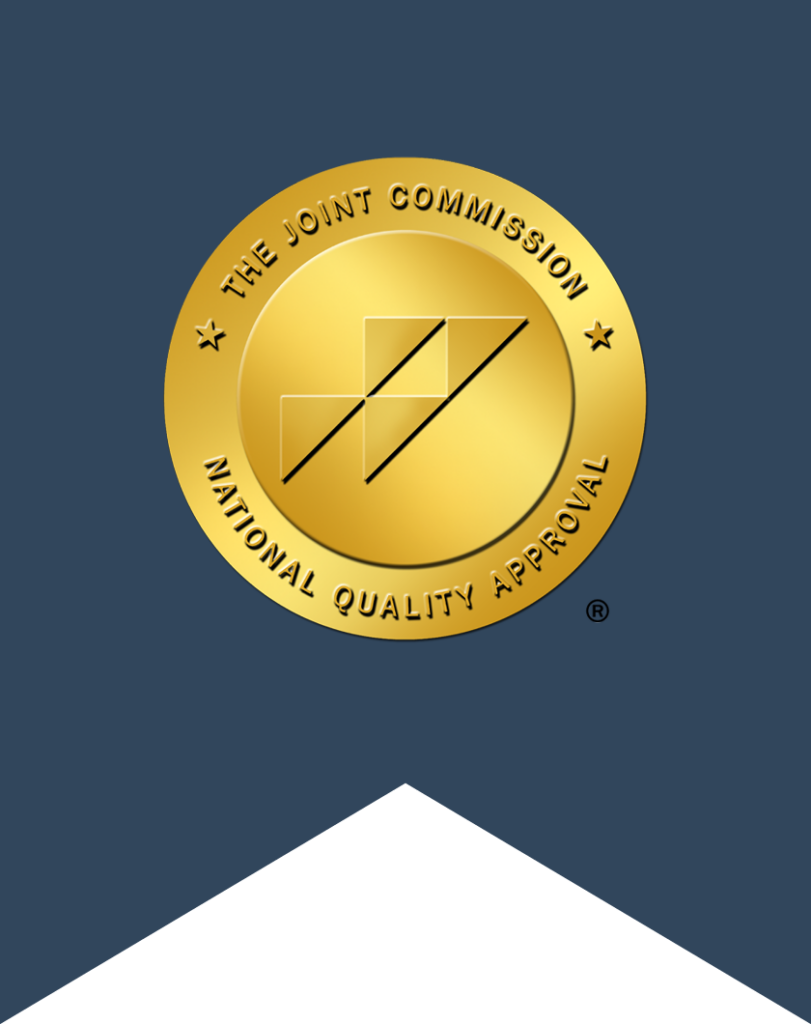
Obsessive-Compulsive Disorder (OCD) is a mental disorder affecting around 2.3% of the population characterized by experiencing overwhelming obsessions, which lead to repetitive compulsions completed to provide the sufferer with temporary relief from the obsession. The exact cause of OCD is still unknown, and though some treatments have proven very effective, there is no known cure. The onset of OCD typically begins in late childhood or teen years. It can start or flare up due to trauma or in times of high stress and uncertainty. OCD fuels and is fueled by anxiety, with the causes and effects of this disorder in a vicious, repeating cycle.
There is no perfect way to diagnose OCD. Still, mental health professionals typically diagnose a patient with OCD when the individual’s obsessions and compulsions consume an inordinate amount of time (roughly an hour or more) each day, cause significant emotional stress and sometimes physical harm, and interfere with the individual’s ability to function normally in society and participate in daily activities.
Signs and Symptoms
OCD symptoms can be mild or internal enough that others may never notice. They can also be so severe that they are entirely debilitating to the afflicted individual’s life. Severity tends to ebb and flows throughout an individual’s life, often increasing during times of stress and anxiety.
Typically, sufferers experience both obsessions and compulsions, but some people may experience only one or the other. Sometimes the compulsions and obsessions are rationally linked — like checking to make sure the doors are locked due to an obsessive fear of a break-in. Other times there is no link between the action and thought whatsoever — like tapping a foot a specific number of times to avoid getting into a traffic accident or preventing harm from coming to a loved one. There also exist situations in which there is no logical trigger whatsoever, just a deep feeling that something is “off” and a resulting need to complete a specific action to quiet that discomfort.
Obsessions
Obsessive or intrusive thoughts are a significant source of distress for people with OCD and typically lead the sufferer to engage in compulsions to provide temporary relief. There is no limit to what form these obsessions may take, but people with OCD commonly present with a fear of the unclean or being contaminated, illogical worries about their safety or the safety of their loved ones, or a preoccupation with an order. They also frequently experience unwanted, dark, dangerous, or disturbing thoughts, which can be based on violence, self-harm, aggression, inappropriate behaviors, or unsettling sexual subjects. These thoughts can be so overwhelming that they lead to intense distress, depression, chronic anxiety, or suicidal thoughts.
Compulsions
Compulsions, or ritualistic and repetitive behaviors and tics, can manifest in infinite ways like their obsession counterparts. One compulsion that is most often displayed in television and movies is excessive cleaning or orderliness, sometimes to the point of injuring oneself or damaging an object being cleaned. Counting or needing to complete actions a certain number of times is a common compulsion that may seem innocuous to outsiders but can be very disruptive to everyday life due to the amount of time needed to complete these rituals. Another manifestation is repeatedly checking something excessively, like making sure a window is shut, or iron is unplugged countless times, despite having done it and having checked it dozens of times.
OCD can also lead to hoarding, avoiding certain people or locations, repetition of words or phrases, needing to adhere to strict routines, or the need for constant reassurance from others. Some compulsions are a bit more abstract, such as needing to do something until it feels “just right,” like tracing the outline of a book or putting a cup down in the exact right spot on a table. These compulsions can make life very difficult, particularly as it relates to being in public, like at work or school, or in handling interpersonal relationships. However, these compulsions are not always outwardly visible — they can also take the form of ritualistic thoughts, which can be just as debilitating as obsessive thoughts or compulsive actions.
Understanding OCD
OCD is not simply perfectionism. OCD is often invoked inappropriately in today’s culture, being used to refer to someone who is overly tidy or persnickety about certain things in their life. OCD is not having a high drive for success or being particular about cleanliness – it is a disorder based on obsessions and compulsions that are illogical, unproductive, and disruptive to quality of life. Compulsions develop as a tool to cope with obsessive thoughts and anxiety but can often wind up leading to more stress themselves.
Sufferers generally know their thoughts and actions are illogical, but unlike someone whom OCD does not afflict, they are unable to stop themselves from performing those acts or experiencing those thoughts. The relief provided by acting on compulsions is fleeting, and the sufferer derives no joy from them. These qualities can help a medical professional determine if an individual is genuinely suffering from OCD or if they are living with another disorder. Other disorders that can be mistaken for OCD or vice versa include depression, generalized anxiety disorder, eating disorders, hoarding disorder, or obsessive-compulsive personality disorder (OCPD).
Treating OCD
For those living with OCD, it may feel like there is no way to break out of the exhausting cycle of obsessions and compulsions. While a cure has yet to be discovered, relief is still possible through a few different forms of treatment. Cognitive-behavioral therapy is a form of psychotherapy focused on identifying and understanding your feelings. Over time, it may allow the patient to recognize feelings before reacting with destructive coping mechanisms and instead find healthier ways to deal with those thoughts and emotions.
Medication has proven successful for some patients. Common pharmaceutical treatment for OCD includes prescribing classic antidepressants, including serotonin reuptake inhibitors (SRIs), selective SRIs, and tricyclic antidepressants. The increase in serotonin as a result of taking these medications can help decrease the depression and anxiety that often triggers or worsens symptoms of OCD.
A less common treatment for OCD is exposure and response prevention. This form of therapy repeatedly exposes the patient to the very thing that causes the anxiety but prohibits the patient from engaging in the compulsive behavior typically used to relieve that anxiety. This is intended to show the patient that withholding from engaging in their compulsive behavior will not result in their obsessive thought coming to fruition.
If you or a loved one feel you may be exhibiting signs of OCD, reach out to a mental health professional to discuss diagnosis and the treatment options that would work for you.
Resources:
- (1) https://my.clevelandclinic.org/health/diseases/9490-obsessive-compulsive-disorder
- (2) https://www.mayoclinic.org/diseases-conditions/obsessive-compulsive-disorder/symptoms-causes/syc-20354432
- (3) https://www.nhs.uk/mental-health/conditions/obsessive-compulsive-disorder-ocd/symptoms/
- (4) https://beyondocd.org/ocd-facts
